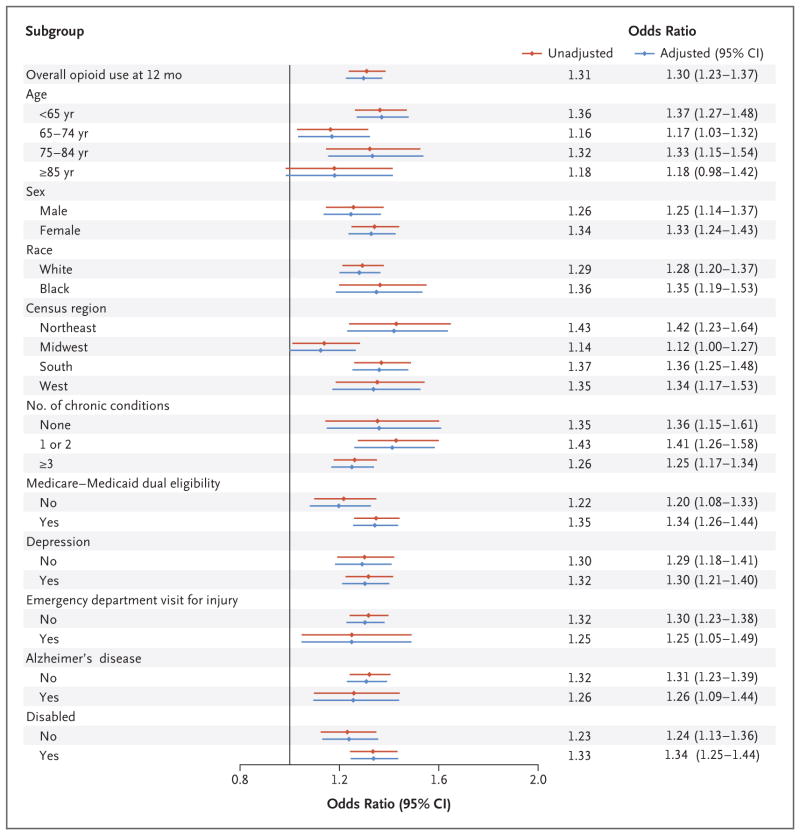Figure 2. Unadjusted and Adjusted Odds Ratios for Long-Term Opioid Use, According to Treatment by High-Intensity or Low-Intensity Opioid Prescriber.
All unadjusted odds ratios were estimated with the use of bivariate logistic regression with the occurrence of long-term opioid use as the dependent variable and exposure to a high-intensity provider as the key explanatory variable. All adjusted models had further adjustment for the patients’ age, sex, race or ethnic group, Medicare–Medicaid dual eligibility, and disability status and the presence of 11 chronic conditions.

